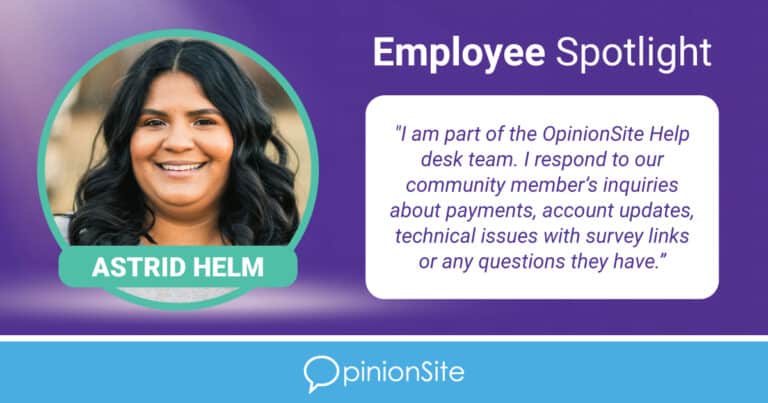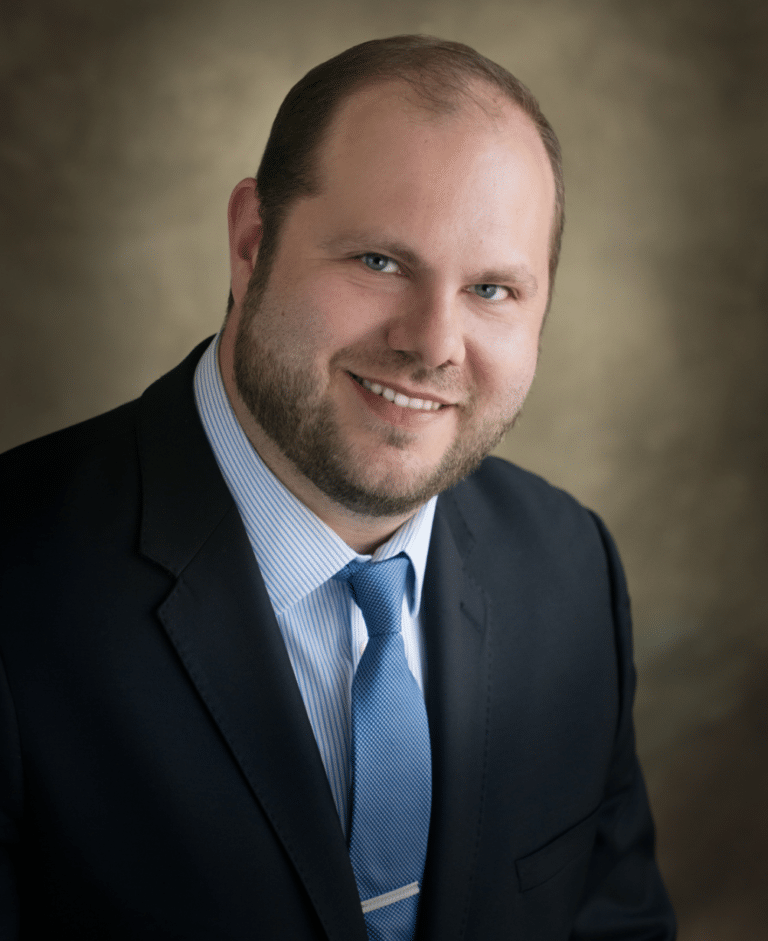As I sit here in March of 2022, I reflect on the whirlwind (i.e. category 5 hurricane) that was the last two years. How are you? How am I? For many of us on the front-line, these last two years have taken the same energy as a decade’s worth of hard work. The global pandemic mandated that we stand up in unprecedented ways and wow, did we ever. We watched the news in March 2020 about a virulent virus that was traveling toward us. We watched as the virus hit New York knowing that our town was next. We watched as many of our colleagues were furloughed from their specialty and asked to join a labor pool with unclear job responsibilities. We watched the hospital administration scramble to provide personal protective equipment (PPE). We watched the numbers of those affected rise and we watched patients suffer at the hands of a terrible virus. We stepped up to the plate, we took on the responsibility. We showed up for our patients and our community. And now, almost two years later, we take a deep breath and reflect. Or maybe, more accurately, we emerge tachycardic and tachypnic looking like Dale Doback and Brennan Huff after their iconic fight on the front lawn in Step Brothers.
Provider burnout has been coined “The Hidden Health Care Crisis.”1 According to Wahlster and colleagues, healthcare workers practicing in North America reached the highest prevalence of burnout during the pandemic (57%) with other studies estimating a 50-70% range for severe burnout.2 While there are a multitude of factors increasing the rate of burnout including increased workload and job demand, staff shortages, stigma from the community, limited PPE access at the start of the pandemic, and poor communication with unrealistic expectations from administration, the one thing that we can control is what we do in our time outside of work.3 While binging a series on Netflix, overeating, or consuming a glass of wine all feel good at the time, these are not long-term sustainable ways to fight stress in the workplace. Let’s take back control of our free time.
Physical activity has been shown to be an effective strategy to reduce and counteract burnout in medical professionals.4 A great place to start is by weaving physical activity into the workday. Taking the stairs instead of the elevator, setting step goals, stretching throughout the day, or simply having a walking or standing sign-out. But, let’s go a step farther and immerse ourselves in physical activity outside of the workplace. As Jim Collins so eloquently stated, let’s set a BHAG (Big Hairy Audacious Goal) together. Convince your coworkers to sign up for that run, bike race, adventure race, or triathlon. Train together. Keep each other accountable. Push each other to continue, especially after that terrible day. Celebrate the hard work of training, but focus on the physical goal of completion. By creating a culture of healthy activity, you and your coworkers can start forging a path forward in the battle against burnout.
- Lacy, B.; Chan, J.; Physician burnout: the hidden health care crisis. Clin Gastroenterol Hepatol.2018 Mar; 16 (3): 311-317 [Pubmed]
- Wahlster, S.; Sharma, M.; Lewis, A.; Patel, P.; Hartog, C.; Jannotta, G.; Blissitt, P.; Kris’s, E.; Kassebaum, N.; Greer, D.; et al. The Coronavirus Disease 2019 pandemic’s effect on critical care resources and health-care providers: a global survey. Chest 2021; 159: 619-633 [Pubmed]
- Azoulay, E; Cariou, A.; Burnell, F.; Demoule, A.; Kouatchet, A.; Reuter, D.; Souppart, V.; Combes, A.; Kouche, K.; Artaud, L.; et al. Symptoms of anxiety, depression, and peri traumatic dissociation in critical care clinicians managing patients with COVID-19 a cross-sectional study. Am. J. Respir.Critc.Care Med 2020; 202: 1388-1389 [Pubmed]
- Naczenski, L.;Vries J. Systemic review of the association between physical activity and burnout. J Occup Health 2017; 59:477-494 [Pubmed]




